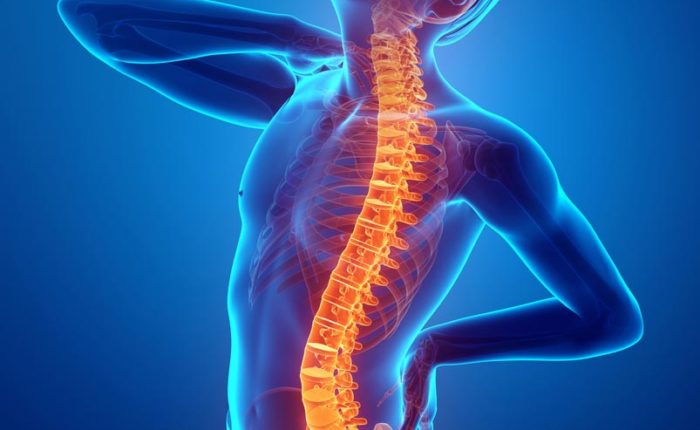
The most important thing we can do to look after our discs is to move, have good posture and to drink plenty of water. When a disc is healthy and hydrated it is bouncy like a well-inflated bicycle tyre, this is called hydrostatic pressure. At birth, the nucleus is made of 80% water and this percentage reduces as we age. They consist of an outer wall made of collagen and the centre of the disc is made of a toothpaste-like substance, called the nucleus pulposus. The discs are very strong, slightly spongy and provide cushioning. In order to bend our spines and cushion the vertebrae which are stacked on top of each other, the discs act as shock absorbers sandwiched between the vertebrae. In the spinal column, each bone (vertebra) is a solid structure. To understand how any treatments work, it is useful to understand what happens to cause a herniated disc or “disc herniation”.Ī spinal disc or “intervertebral disc” sits between the bones of our spines. This article helps to explain what causes a herniated disc and how the non-surgical treatments aim to resolve this debilitating condition. It is only a small percentage of cases which go on to have surgery.
#Little disc herniated manual#
The good news is that the vast majority of herniated discs can be treated without surgery using manual therapy and exercise or with IDD Therapy disc treatment. When the centre or nucleus of a disc pushes out and even passes through the wall of the disc, this is what we refer to as a herniated disc. The cotton reels are the bones and the cushions are the discs. Our spines are like a stack of cotton reels, with sponge-like cushions between them surrounded by soft tissues. Patients usually come across it for the first time from a therapist or doctor, just after they have found themselves with excruciating pain in their neck, back or legs, wondering what on earth they have done to themselves! “Herniated disc” is not a phrase we tend to learn about in biology classes at school.


Stephen Haynes, Osteopath and IDD Therapy provider, and Clinical Director of Active Therapy Clinic, highlights the causes of a herniated disc and what treatments are available, here


 0 kommentar(er)
0 kommentar(er)
